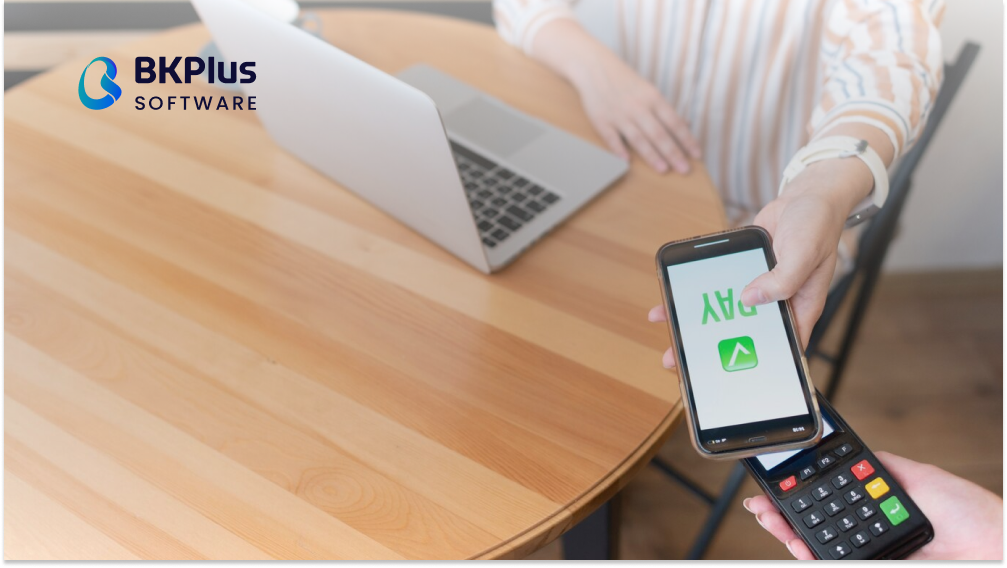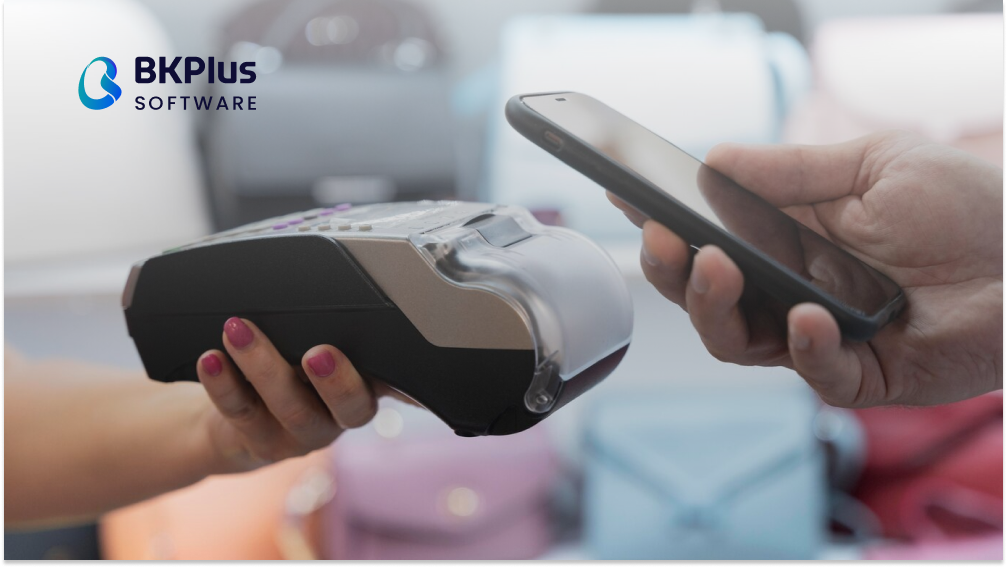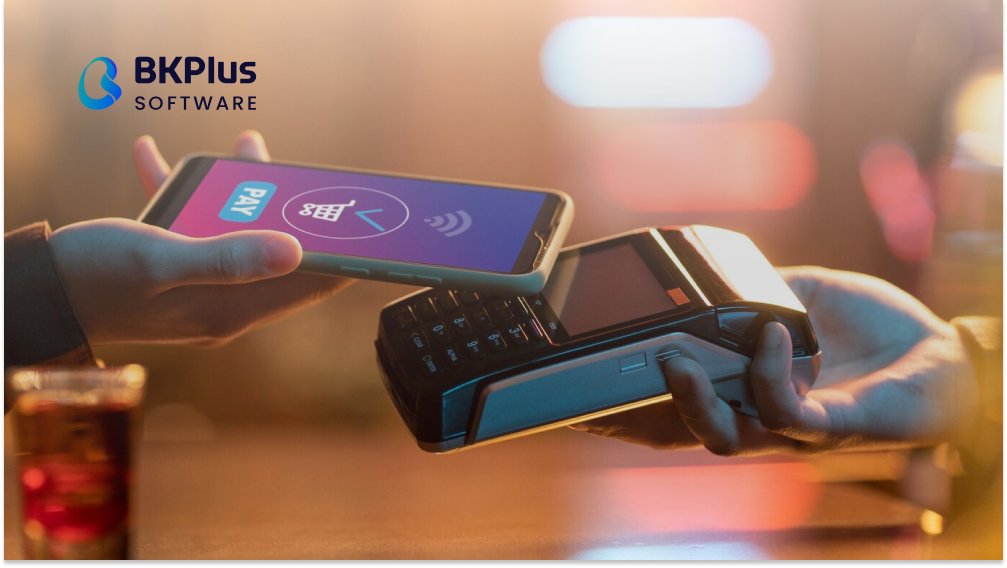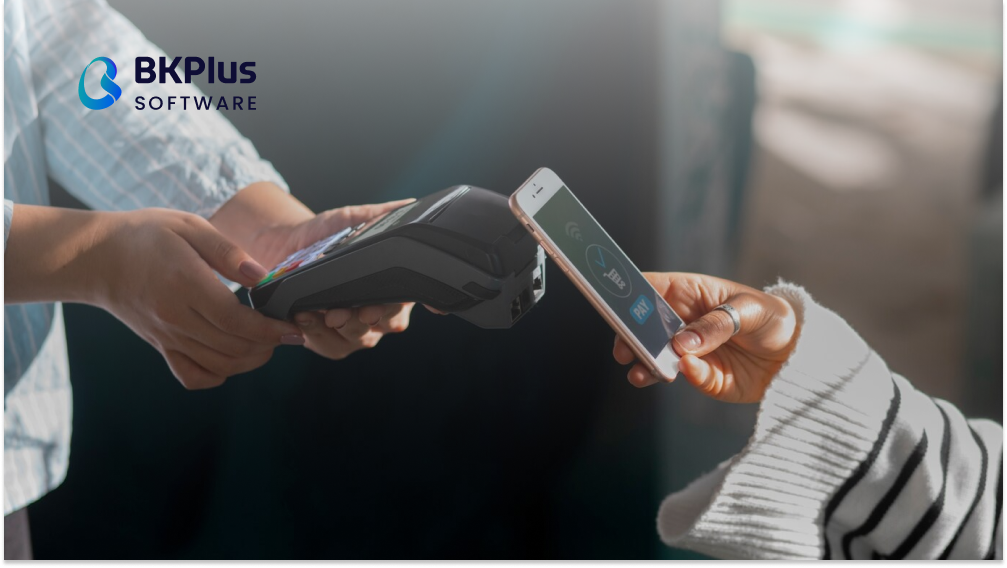In today’s fast-paced digital world, consumers demand speed, convenience, and simplicity in every transaction. Frictionless payments have emerged as a game-changer, revolutionizing how businesses and customers interact in the realm of commerce. But what exactly are frictionless payments, and why are they reshaping industries worldwide? This comprehensive guide explores the concept of frictionless payments, delves into frictionless payment trends, showcases frictionless examples, and highlights why adopting this technology is critical for businesses aiming to stay competitive.
What Are Frictionless Payments?
Frictionless payments refer to streamlined payment processes that minimize delays, reduce user effort, and enhance the overall customer experience. Unlike traditional payment methods that often involve multiple steps such as entering card details, verifying identity, or navigating complex checkout pages frictionless payments are designed to be intuitive and instantaneous. By leveraging cutting-edge technologies like biometrics, tokenization, and artificial intelligence, these systems ensure transactions are not only fast but also secure.
The goal of frictionless payments is simple: create a seamless experience that feels effortless for the user while maintaining robust security for businesses. From contactless cards to one-click checkouts, frictionless payments are redefining convenience in industries ranging from retail to hospitality.
Key Characteristics of Frictionless Payments

To better understand frictionless payments, let’s break down their defining features:
- Speed: Transactions are completed in seconds, reducing wait times for customers.
- Simplicity: Minimal steps are required, making the process user-friendly.
- Security: Advanced encryption and authentication methods protect sensitive data.
- Accessibility: Frictionless payments are available across devices, from smartphones to wearables.
- Personalization: Tailored payment options enhance the customer experience.
These characteristics make frictionless payments a must-have for businesses looking to meet modern consumer expectations. But what’s driving their rapid adoption? Let’s explore the key trends shaping this space.
Key Technologies Driving Frictionless Payments
Several technologies underpin the success of frictionless payments, enabling businesses to offer faster and more secure transaction options. These innovations are reshaping how payments are processed globally.
Contactless Payment Systems
Contactless payments, using Near Field Communication (NFC) technology, allow users to pay by tapping a card or smartphone on a reader. This method has gained popularity due to its speed and convenience.
For instance, in retail environments, contactless payments reduce checkout times, enhancing customer satisfaction. According to industry reports, over 60% of in-store transactions in urban areas now use contactless methods, a clear example of frictionless payments in action. The technology’s widespread adoption highlights its role in frictionless payment trends.
Biometric Authentication
Biometric authentication, such as fingerprint or facial recognition, adds security without sacrificing speed. By replacing passwords or PINs, biometrics streamline the payment process while ensuring robust protection against fraud.
A notable frictionless example is the use of facial recognition in mobile apps like WeChat Pay, where users can authorize payments in seconds. This technology not only enhances security but also aligns with frictionless payment trends by reducing the steps required to complete a transaction.
Artificial Intelligence and Machine Learning
AI and machine learning optimize payment processes by analyzing user behavior and detecting fraud in real time. These technologies enable personalized experiences, such as tailored payment suggestions or automatic currency conversion for international purchases.
For example, AI-powered chatbots on e-commerce platforms guide users through checkout, recommending the fastest payment methods based on their preferences. This integration of AI underscores the ongoing evolution of frictionless payments, making transactions more intuitive and efficient.
Frictionless Payment Trends Shaping the Future
As consumer expectations evolve, businesses are adopting new strategies to stay competitive. Frictionless payment trends are at the forefront of this transformation, driven by technological advancements and changing market dynamics.
The Rise of Embedded Payments
Embedded payments integrate payment functionality directly into software platforms or apps, eliminating the need for external payment gateways. This approach enhances user experience by keeping transactions within a single ecosystem.

Take ride-sharing apps like Uber as a frictionless example. Users can book a ride and pay automatically without leaving the app, thanks to stored payment details and seamless processing. This trend is gaining traction across industries, from food delivery to online marketplaces, as businesses prioritize convenience.
Growth of Buy Now, Pay Later (BNPL) Options
Buy Now, Pay Later services, such as Klarna or Afterpay, allow consumers to split payments into installments without complex credit checks. These services reduce financial friction by offering flexibility and transparency.
For instance, e-commerce platforms integrating BNPL options at checkout see higher conversion rates, as customers can purchase without immediate financial strain. This aligns with frictionless payment trends, where accessibility and ease drive adoption.
Expansion of Cryptocurrency Payments
Cryptocurrencies like Bitcoin and Ethereum are emerging as options, thanks to blockchain technology’s speed and security. While still niche, their use is growing in sectors like e-commerce and gaming.
A frictionless example is Overstock, an online retailer that accepts Bitcoin, allowing users to pay directly from their crypto wallets. As blockchain technology matures, cryptocurrency payments are poised to become a significant part of frictionless payment trends.
Benefits of Frictionless Payments for Businesses and Consumers
Frictionless payments offer distinct advantages for both businesses and consumers, driving their widespread adoption. These benefits highlight why this approach is transforming the payment landscape.
For Consumers: Convenience and Trust
Consumers value for simplicity and reliability. Whether shopping online or in-store, the ability to pay quickly without compromising security builds trust and loyalty.
For example, Amazon’s one-click checkout is a frictionless example that allows users to purchase with a single tap, using stored payment details. This convenience encourages repeat purchases, as customers associate the brand with a hassle-free experience.
For Businesses: Increased Efficiency and Revenue
Businesses adopting frictionless payments see improved operational efficiency and higher sales. Faster transactions reduce cart abandonment rates, while seamless processes enhance customer satisfaction.
Retailers using contactless payments, for instance, report shorter queues and higher throughput during peak hours. This efficiency translates to increased revenue, as customers are more likely to complete purchases. They also enable businesses to collect valuable data on consumer behavior, informing marketing strategies.
Challenges in Implementing Frictionless Payments
While frictionless payments offer significant benefits, their implementation comes with challenges. Addressing these hurdles is crucial for businesses aiming to adopt this technology.
Security Concerns
Despite advancements, security remains a concern. Cybercriminals target payment systems, necessitating robust safeguards like encryption and multi-factor authentication.
To mitigate risks, businesses must invest in secure infrastructure and educate consumers about safe practices. For example, tokenization—replacing sensitive card details with unique tokens—enhances security in frictionless payments, ensuring data protection without slowing transactions.
Integration with Legacy Systems
Many businesses rely on outdated payment systems, making integration with modern frictionless solutions complex and costly. Upgrading infrastructure requires significant investment and technical expertise.

A frictionless example of overcoming this challenge is Starbucks, which integrated mobile payments into its app while maintaining compatibility with existing systems. This hybrid approach allowed the company to offer seamless transactions without a complete overhaul.
Regulatory Compliance
Compliance with regional regulations, such as GDPR in Europe or PCI DSS globally, adds complexity to frictionless payments. Businesses must ensure their systems meet legal standards while maintaining user convenience.
For instance, adhering to Strong Customer Authentication (SCA) requirements in the EU requires additional verification steps, which can conflict with the goal of frictionless payments. Balancing compliance and user experience is a key challenge.
Frictionless Examples Across Industries
Frictionless payments are transforming various sectors, from retail to hospitality. These real-world applications demonstrate their versatility and impact.
Retail: Streamlined Checkouts
In retail, frictionless payments like mobile apps and contactless cards have reduced checkout times significantly. Walmart’s Scan & Go feature, for example, allows customers to scan items and pay via the app, bypassing traditional registers. This frictionless example enhances the shopping experience and boosts store efficiency.
Hospitality: Seamless Guest Experiences
Hotels and restaurants are adopting frictionless payments to improve guest satisfaction. For instance, Marriott’s mobile app enables guests to check in, pay for services, and check out without visiting the front desk. This aligns with frictionless payment trends, prioritizing convenience in hospitality.
E-Commerce: Reducing Cart Abandonment
Online retailers use frictionless payments to minimize cart abandonment. Shopify’s Shop Pay, for example, stores customer details for faster checkouts across multiple stores. This frictionless example increases conversion rates by simplifying the payment process.
Conclusion
Frictionless payments are no longer a luxury – they’re a necessity in today’s digital economy. By prioritizing speed, simplicity, and security, businesses can meet consumer expectations, drive growth, and build lasting loyalty. From contactless cards to invisible payments are reshaping industries, while real-world frictionless examples demonstrate their transformative power.
At BKPlus Software, we specialize in helping businesses implement cutting-edge payment solutions that deliver seamless experiences. Whether you’re looking to integrate biometric authentication, embed payments in IoT devices, or optimize your checkout process, our team is here to guide you every step of the way.
Ready to revolutionize your payment process? Contact BKPlus Software today to explore our solutions and take your business to the next level. Let’s create a seamless, secure, and satisfying experience for your customers—starting now!



